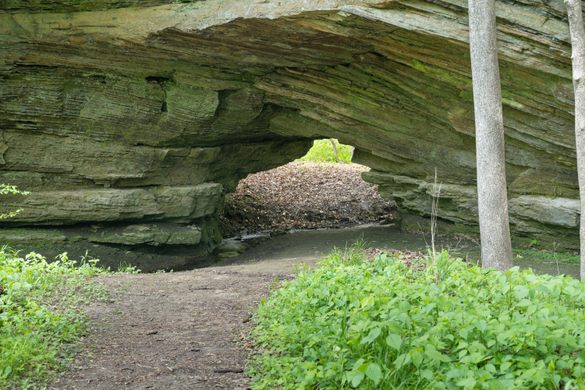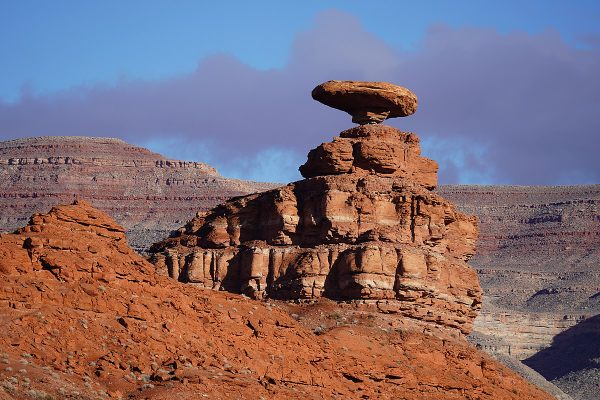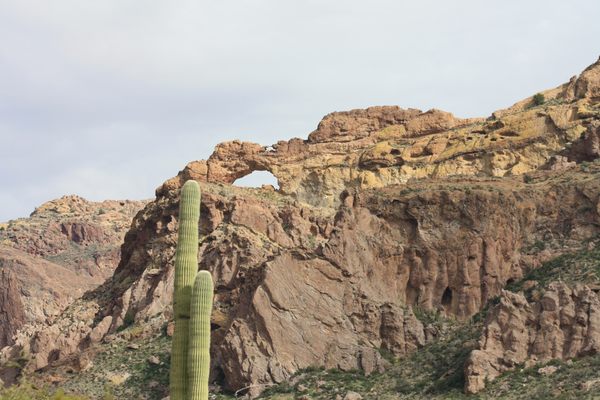AO Edited
Portland Arch
One of Indiana's only natural sandstone arches is nestled between resort ruins and an old Boy Scouts camp.
The Wabash Valley is characterized by scenic river gorges and rich history. Nowhere is this more evident than at Portland Arch Preserve, also known as the Portland Arch Nature Preserve or the North Trail, the location of one of Indiana’s few natural arches and a snapshot of the geological and human history of the area.
These sandstone bluffs formed around 230 million years ago during the Pennsylvania Period, and Bear Creek has slowly eroded them into a dark and mysterious canyon. The park’s star attraction is the arch itself, a testament to the sandstone’s strength.
Settlers first began moving to the area after the forced removal of Shawnee Tribe members in the early 19th century. Local lore claims that Chief Tecumseh hid out in these rock shelters after the fall of his tribal confederacy at Prophetstown, Indiana.
Eventually, a resort was established in the canyon which attracted all manner of travelers, including Chicago gangsters and (allegedly) a young Abraham Lincoln. The resort flourished until closing during the Great Depression, and the area later became a Boy Scouts camp. However, after a young boy fell from one of the steep canyon walls, the camp was shut down in 1966 and sold to the Nature Conservancy, which dedicated the land as a state public park in 1972.
Today, the preserve is administered partly by the Conservancy and partly by the Indiana Department of Natural Resources. Visitors can walk the canyon floor and through the diverse forest. The remains of the resort and the Boy Scouts camp can still be seen today.
Know Before You Go
Portland Arch is free to visit. There are two trails in the park. A self-guiding brochure, which can be found here, gives directions to the trailhead for Portland Arch: "From Attica [Indiana] go south on U.S. 41 for about five miles and then west on County Road 650 North. Once in the town of Fountain, follow signs to the preserve. There are two parking lots, each with an adjoining self-guiding trail. The south trail can be reached from the second lot."
































Follow us on Twitter to get the latest on the world's hidden wonders.
Like us on Facebook to get the latest on the world's hidden wonders.
Follow us on Twitter Like us on Facebook